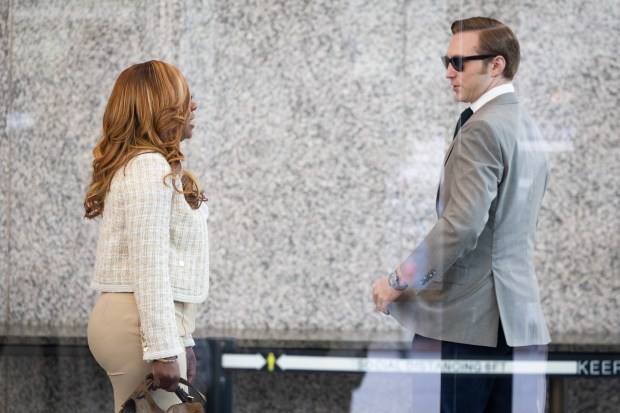The Chicago Department of Buildings issued demolition permits last week for a collection of century-old Southwest Side warehouses that historic preservationists are fighting to save. The property owner, Atlanta-based developer IDI Logistics, has proposed replacing the structures with a single, $44 million modern distribution facility.
Whether the company can fulfill that vision isn’t clear. IDI was set to formally present its plan to the Chicago Plan Commission earlier this year, but the presentation was delayed after encountering opposition from Ald. Michael Rodriguez, 22nd, who said he prefers to see manufacturing at the 15.5-acre site, located between Pulaski Road and Keeler Avenue along West Ogden Avenue on the border of the North Lawndale and Little Village neighborhoods.
“Typically, the truck traffic is much less with manufacturing and the jobs pay much more, and that’s what my residents want,” he said.
Rodriguez added that his North Lawndale Economic Development Advisory Committee met more than a dozen times with IDI officials since last year and did not reach an agreement.
“They’ve come up with nothing new,” he said.
The site, purchased by IDI for more than $16 million in late 2022, includes the Western Felt Works at 4115 W. Ogden Ave., a 1916 Prairie School-style structure, and a pair of buildings one block west designed in 1918 by noted architect Alfred Alschuler for Turner Manufacturing Co. Preservation Chicago selected the buildings earlier this year as among Chicago’s most endangered historic structures.
But the buildings are not are not officially designated landmarks, and city officials told Rodriguez the owner has the right to clear the site, he said.
An IDI Logistics spokesperson declined to comment on the dispute.
The company’s plan called for a single-story warehouse and distribution building stretching from Pulaski Road to Keeler Avenue, along with 26 loading docks and 271 parking spaces, according to a document filed with the Chicago Plan Commission.
Alschuler also designed the London Guarantee Building, now LondonHouse Chicago, a 1920s-era skyscraper on the south side of the Chicago River at the Michigan Avenue Bridge, and the KAM Isaiah Israel synagogue in the South Side’s Kenwood neighborhood. Historic preservationists say the city has already allowed too many buildings by its best architects, including Adler and Sullivan’s Garrick Theater and the Chicago Stock Exchange, to be demolished, and it would be a shame to lose Alschuler’s early industrial work, especially if it’s replaced by a bland warehouse.
“So many of these buildings are gone, why are we shortchanging ourselves?” said Ward Miller, executive director of Preservation Chicago.
Richard Townsell, a member of the advisory committee and executive director of the Lawndale Christian Development Corp., said he does not have an issue with demolishing the buildings, as long as it’s done safely and does not fill the air with dust or debris like the botched demolition of a Little Village coal-fired power plant in 2020. But he opposes IDI’s future plans.
“What the community has said is that they don’t want an Amazon-type facility and the pollution that comes with it,” he said. “I can’t imagine I could go to Naperville, and build whatever I want to build, and the people there would have no say about it. Residents and homeowners in North Lawndale should have a say in what happens in their community.”
Rodriguez said he will continue to oppose a logistics facility.
“I’m a pro-labor guy, and I want good, career-oriented jobs in my ward,” he said. “That’s what we’re going to fight for.”



